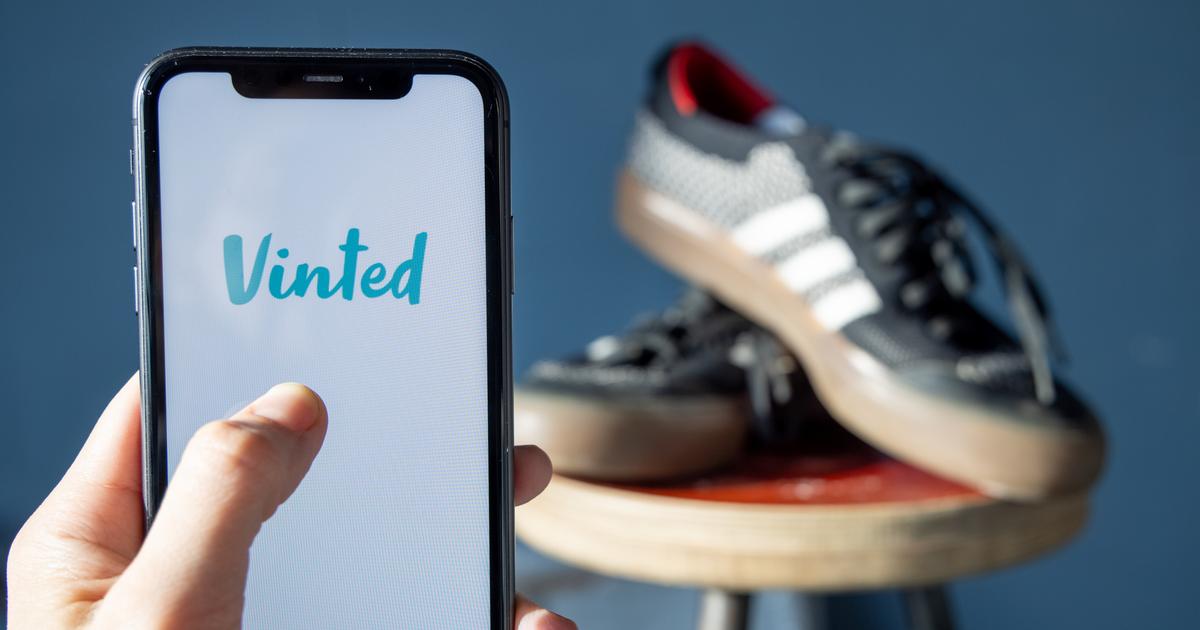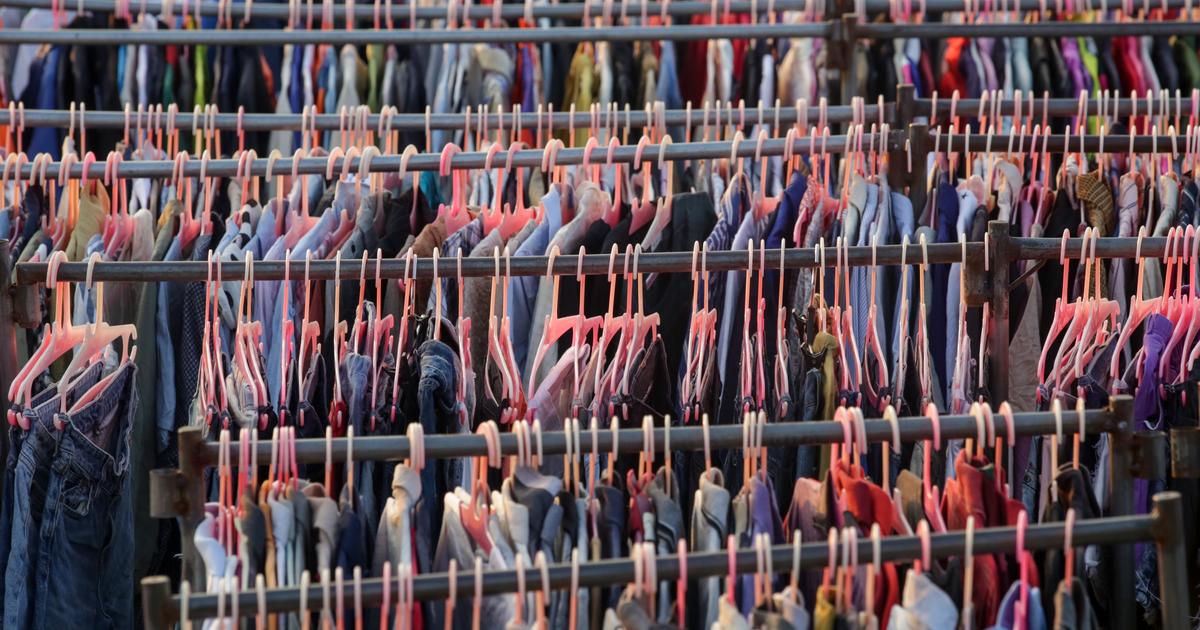Enlarge image
Mexican performers in traditional dresses at a parade in Uruapan, Mexico (icon image)
Photo:
Richard Ellis / ZUMA Wire / IMAGO
The Mexican Ministry of Culture has called a summery top with floral patterns onto the scene.
The Chinese fashion giant Shein is said to have stolen the design for the “Fan Trim Top with Floral Print” garment from indigenous artists in the Mayan community, the ministry claims – and is demanding an explanation from the manufacturer.
The top is said to resemble a hand-embroidered blouse produced in 2017 by a small clothing manufacturer in southeastern Mexico.
"These designs are passed down from generation to generation, they are collective creative heritage of the indigenous Mayan community," the ministry wrote in a letter to the company.
Mexican brand Yucachulas, which made the original garment, said on social media it was "very sad" about the so-called plagiarism.
»This reflects the lack of recognition for the artists who devote themselves to this manual work and make their living from it.«
In Mexico, the acquisition and exploitation of indigenous knowledge is a major issue.
Western fashion companies have long benefited from adopting traditional patterns and designs, writes Britain's Guardian.
The originals often came from impoverished communities that got nothing.
But for several years, indigenous activists have been fighting back on social media, among other things, and the Mexican government has also taken on the issue.
In the past, the Ministry of Culture had already asked several large fashion chains to declare themselves for the “commercial exploitation of distinctive elements of Mexican culture”.
Culture Minister Alejandra Frausto Guerrero told the fashion magazine Women's Wear Daily that they would no longer be tolerated.
Criticism in 2021 included the French designer Isabel Marant, the Spanish fashion brand Zara and the American fashion manufacturer Anthropologie, who are said to have copied from the indigenous Mixteca and Mixe community.
The Culture Ministry wrote that the companies were inspired by the designs from the southwestern state of Oaxaca and are asking them to compensate the communities.
Zara is part of Inditex, one of the largest textile companies in the world.
The group denied the allegations and told Reuters in writing: "The design under discussion was in no way intentionally adopted or influenced by the handicrafts of the Mixtec people."
Attorney Joaquín Elizalde told fashion magazine Women's Wear Daily it was unlikely companies would stop copying Mexican designs without intellectual property reform.
"The procedures are lengthy and expensive, and many of these communities simply cannot afford it."
Yon Fernández de Larrinoa, head of the Department for Indigenous Peoples at the Food and Agriculture Organization of the United Nations (FAO) advocates agreements between indigenous communities and corporations and points to examples from the medical field.
»Many medicines are based on the knowledge of indigenous people about medicinal plants.
Some pharmaceutical companies have agreements with the indigenous communities, who share in the planning and profits.« Such models should also be extended to other sectors.
This contribution is part of the Global Society project
Expand areaWhat is the Global Society project?
Under the title "Global Society", reporters from
Asia, Africa, Latin America and Europe
report on injustices in a globalized world, socio-political challenges and sustainable development.
The reports, analyses, photo series, videos and podcasts appear in a separate section in SPIEGEL's international section.
The project is long-term and is supported by the Bill & Melinda Gates Foundation (BMGF).
A detailed FAQ with questions and answers about the project can be found here.
AreaWhat does the funding look like in concrete terms?open
The Bill & Melinda Gates Foundation (BMGF) has been supporting the project since 2019 for an initial period of three years with a total of around 2.3 million euros - around 760,000 euros per year.
In 2021, the project was extended by almost three and a half years until spring 2025 under the same conditions.
AreaIs the journalistic content independent of the foundation?open
Yes.
The editorial content is created without the influence of the Gates Foundation.
AreaDo other media also have similar projects?open
Yes.
With the support of the Gates Foundation, major European media outlets such as The Guardian and El País have set up similar sections on their news sites with Global Development and Planeta Futuro respectively.
Did SPIEGEL already have similar projects? open
In recent years, SPIEGEL has already implemented two projects with the European Journalism Center (EJC) and the support of the Bill & Melinda Gates Foundation: the "OverMorgen Expedition" on global sustainability goals and the journalistic refugee project "The New Arrivals ", within the framework of which several award-winning multimedia reports on the topics of migration and flight have been created.
Expand areaWhere can I find all publications on the Global Society?
The pieces can be found at SPIEGEL on the Global Society topic page.
rtr, abe







